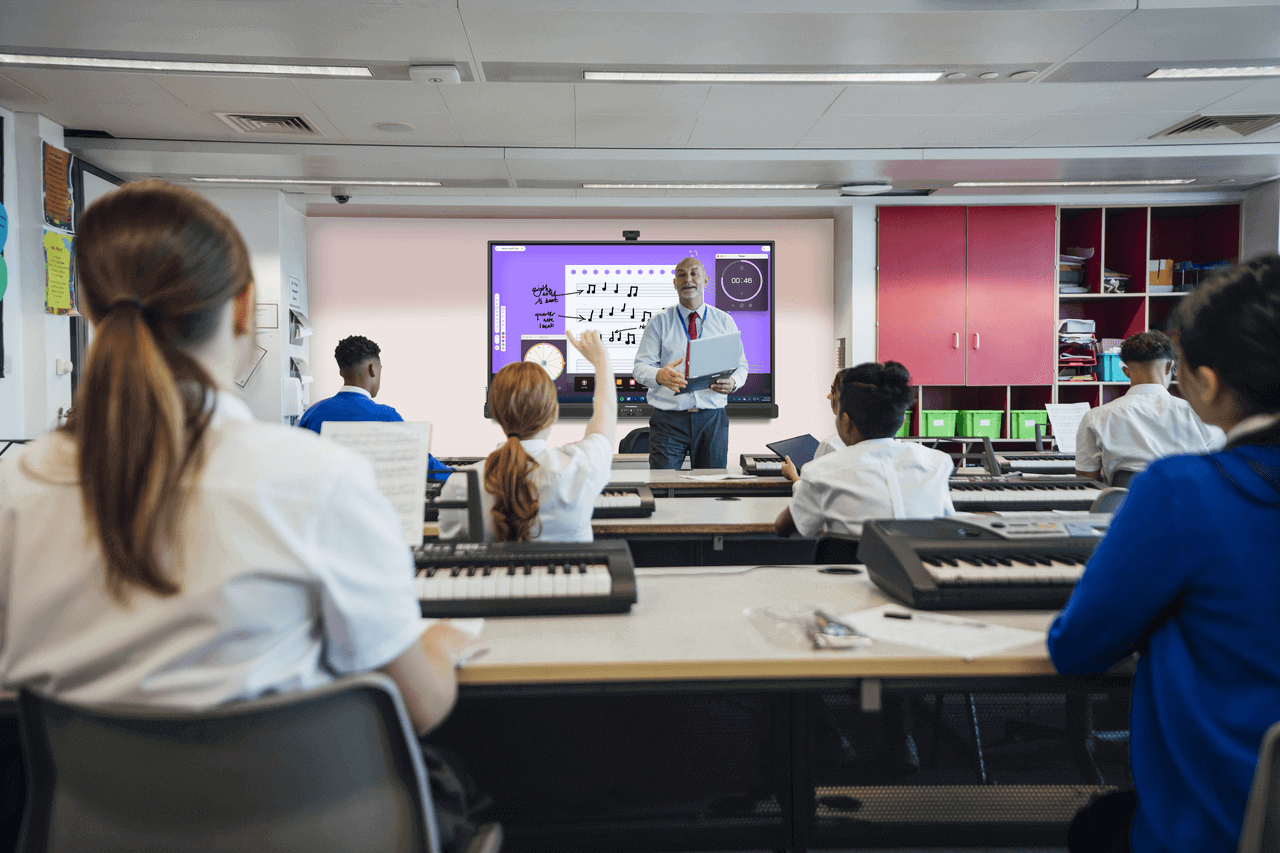Published on June 5th, 2023
How have staff shortages impacted educators this year?
4 minute read

When schools don’t have enough staff to support the number of students, it’s the children who need the most help who often suffer the most.
Students in the UK with families in poverty and rural students far from campus lose convenient free transportation and crucial learning time in school. Students who need extra academic help miss out on instruction, and students with disabilities lose special services.
When teachers, educators, and school administrators are stressed out and overworked, more is at stake than just an absent teacher requiring a substitute. The domino effect of staff shortages has far greater consequences. In fact, a report conducted by the National Foundation for Educational Research, found that teacher absences are the biggest barrier to children recovering the learning lost during the COVID-19 pandemic.1
The 2023 State of Technology in Education reports 51% of educators have taken on more responsibility with an increased work load as a result of global staff shortages. What does this mean for our future leaders, and can edtech help lift the load?
Leaning on leadership
School-wide staff shortages can mean lack of IT support, tech budget cuts, and a lack of support from substitute teachers.
However, according to the 2023 State of Technology in Education report, nearly two-thirds of educators find their school leadership teams to be supportive and effective during the uncertainty. The majority of school administrators and educators know edtech is essential in education, providing more virtual experiences, accessible online lesson content, and hybrid learning opportunities to help aid with the increased workload.
And when we talk about increased workload, we mean it. 41% of teachers make themselves regularly available outside of teaching hours. While this helps serve students’ needs, this takes a toll on mental health and well-being, putting even more pressure on an already fragile ecosystem.
The good news? This effort hasn’t gone unnoticed. 87% of students surveyed in the 2023 State of Technology in Education report believe their teachers work hard.
How can we improve the current teaching and learning environment?
The fact that so many teachers are using their free time outside of lessons paints a problematic picture. Clearly, the available resources and initiatives are inadequate, causing an unsustainable work-life balance.
To combat this, schools can capitalize on teachers’ increased confidence in tech, but must ensure the infrastructure and ongoing training is in place to maintain it. Simple things like equipping interactive panels in classrooms to increase student engagement and assist with classroom management, creating a training and professional development plan for your staff, and using technology to aid with administrative tasks make a daily difference.
Interested in more trends and statistics from your peers? Download the 2023 State of Technology in Education report to learn what matters most in education right now, including social-emotional learning and the future of edtech. And, learn how the Promethean ActivPanel can support engaged, personalized learning in your classroom.
Fill out the form below to download the 2023 State of Technology in Education report.
References:




